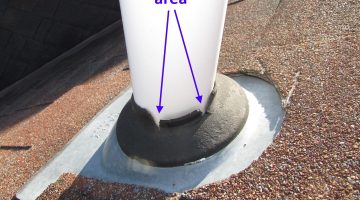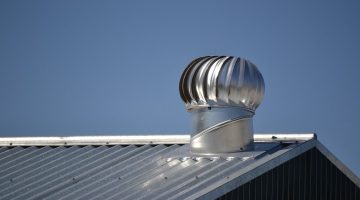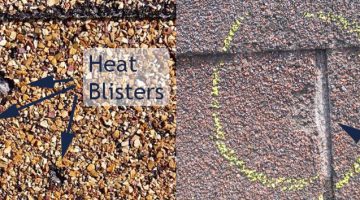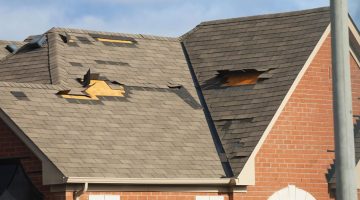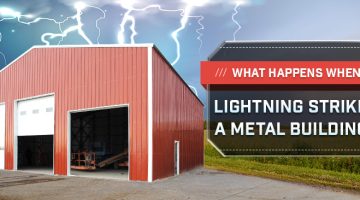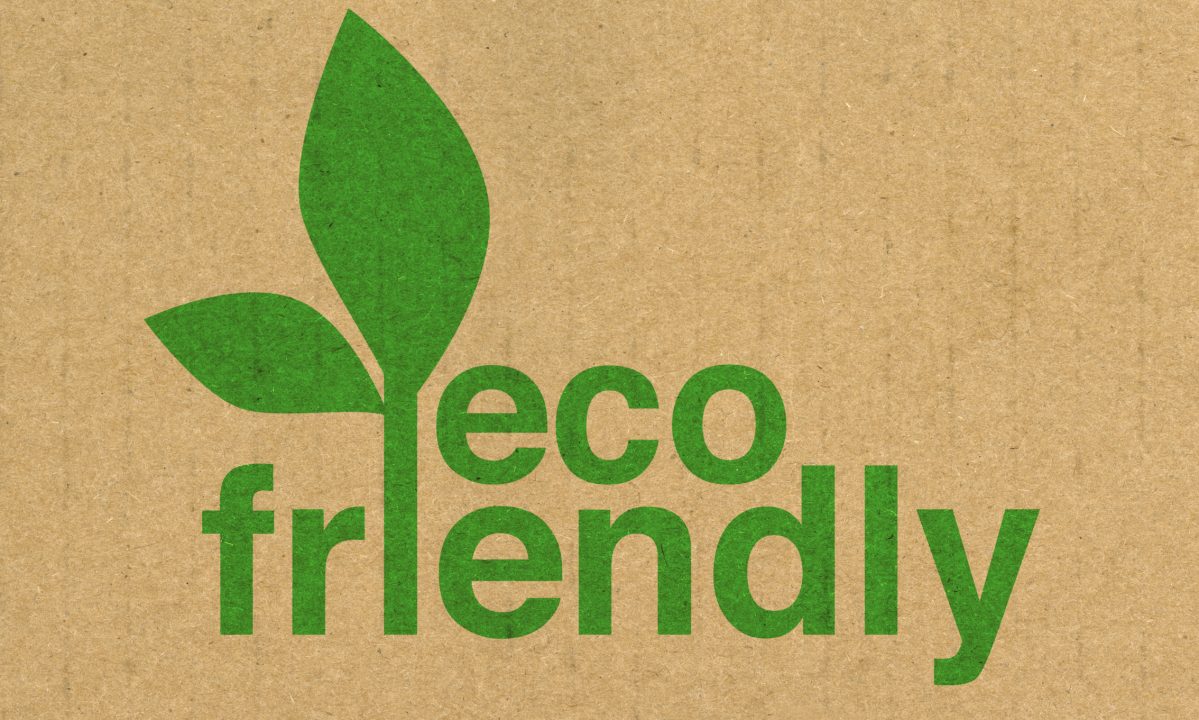
As sustainability becomes a growing priority for businesses, developers, and homeowners alike, the demand for eco-friendly building solutions has surged. Metal buildings have risen as a popular choice for those seeking to reduce their environmental impact without sacrificing durability or cost-effectiveness. At Helius Roofing & Construction, we are committed to providing high-quality, sustainable construction options, and metal buildings stand out as an excellent eco-friendly alternative. Here’s why metal buildings are an environmentally conscious choice.
1. Recyclability of Materials
One of the most significant advantages of metal buildings is their recyclability. Steel, the primary material used in metal buildings, is 100% recyclable. When a metal building reaches the end of its life cycle, the steel can be melted down and reused without losing its strength or structural integrity. This reduces the need for new raw materials and helps minimize waste sent to landfills.
Additionally, many steel products used in construction are made from recycled materials, meaning that even during the initial build, the environmental impact is already reduced. In contrast to traditional building materials like wood, which contribute to deforestation, steel’s recycling capabilities make it a much more sustainable option for the environment.
2. Energy Efficiency
Metal buildings are known for their superior energy efficiency. Advances in insulation technology allow metal buildings to maintain indoor temperatures more effectively, reducing the need for excessive heating and cooling. Metal building panels are often designed to reflect solar radiation, minimizing heat absorption and keeping the interior cooler during hot weather.
Incorporating energy-efficient insulation systems, such as insulated metal panels (IMPs), can further enhance the building’s thermal performance. IMPs offer high levels of thermal resistance, reducing energy consumption for heating and cooling. This translates to lower energy bills for owners and less reliance on fossil fuels, contributing to a smaller carbon footprint.
3. Durability and Longevity
The durability of metal buildings significantly contributes to their eco-friendliness. Unlike wood or traditional materials that can degrade over time due to weather conditions, pests, or rot, metal buildings are resistant to these issues. Steel is impervious to termites, mold, and fire, making it a more resilient option with fewer maintenance demands.
Because metal buildings require fewer repairs and replacements over time, less material is needed for upkeep. This longevity not only saves on resources but also reduces the energy and emissions associated with producing and transporting replacement materials. A longer-lasting structure means fewer environmental resources are consumed in the long run.
4. Minimal Construction Waste
The construction process for metal buildings generates significantly less waste compared to traditional building methods. Metal building kits are often pre-engineered and pre-fabricated, meaning the components are cut and shaped to precise measurements in a factory setting. This reduces the amount of material wasted on-site during construction.
Furthermore, any metal scraps or off-cuts generated during construction are easily recyclable, further minimizing waste. Traditional wood-based construction often results in a high amount of material waste that can’t be reused, but metal buildings help limit this environmental impact by promoting a more efficient building process.
5. Reduced Carbon Emissions
The production of steel has become more energy-efficient over the years, with steel manufacturers implementing cleaner technologies to reduce carbon emissions. Today, the steel industry continues to improve its environmental performance, making metal buildings an increasingly greener option.
Moreover, when coupled with energy-saving features like solar panels, cool roofing, and energy-efficient windows, metal buildings can achieve even greater reductions in carbon emissions. These buildings can be designed to support renewable energy systems, further promoting an eco-conscious lifestyle.
6. Adaptability and Versatility
Metal buildings are incredibly versatile and can be adapted for a variety of uses, from residential homes to commercial warehouses. This adaptability is another reason they are considered eco-friendly. Instead of demolishing a building to repurpose its use, metal structures can often be modified, expanded, or reconfigured without requiring a complete rebuild.
For example, adding new sections to a metal building can be done with minimal disruption and without the need for extensive new materials. This adaptability reduces the environmental impact associated with tearing down and rebuilding structures, saving both time and resources.
7. Lower Resource Consumption
Metal buildings are lighter in weight than traditional construction materials like concrete and wood, requiring less foundation material. This reduces the need for resource-intensive materials like concrete, which has a high carbon footprint due to the energy required for its production.
Moreover, metal buildings can be erected faster than traditional structures, which means fewer resources—such as fuel for machinery and electricity for power tools—are consumed during the construction phase. Faster construction also means a reduced environmental impact from transportation and logistics.
8. Renewable Energy Integration
Another eco-friendly benefit of metal buildings is their compatibility with renewable energy systems. The flat or low-slope roofs of many metal buildings are ideal for installing solar panels, which can help generate clean energy and reduce reliance on the grid. Metal roofing materials are also durable enough to withstand the installation of wind turbines or rainwater harvesting systems, further promoting sustainability.
By integrating renewable energy sources, metal buildings can reduce or even eliminate their dependence on non-renewable energy, lowering overall greenhouse gas emissions.
9. Cool Roofing Technology
Metal roofs can be designed with cool roofing technology, which helps reduce the heat island effect in urban areas. Cool roofs are made of reflective materials that reflect more sunlight and absorb less heat, keeping buildings cooler and reducing the energy needed for air conditioning.
This feature not only makes metal buildings more energy-efficient but also contributes to reducing the overall temperature in urban environments, where heat buildup can worsen air quality and energy consumption.
Conclusion
Metal buildings provide a variety of eco-friendly benefits, making them a sustainable choice for homeowners, businesses, and developers. From recyclability and energy efficiency to reduced waste and emissions, metal structures offer a greener alternative to traditional building methods. At Helius Roofing & Construction, we are proud to offer metal building solutions that not only meet the functional needs of our clients but also contribute to a more sustainable future.
Whether you’re building a warehouse, a barndominium, or a commercial structure, choosing a metal building is a smart investment that benefits both you and the environment. By opting for a metal building, you’re not only ensuring a durable and cost-effective structure but also making a positive impact on the planet.


